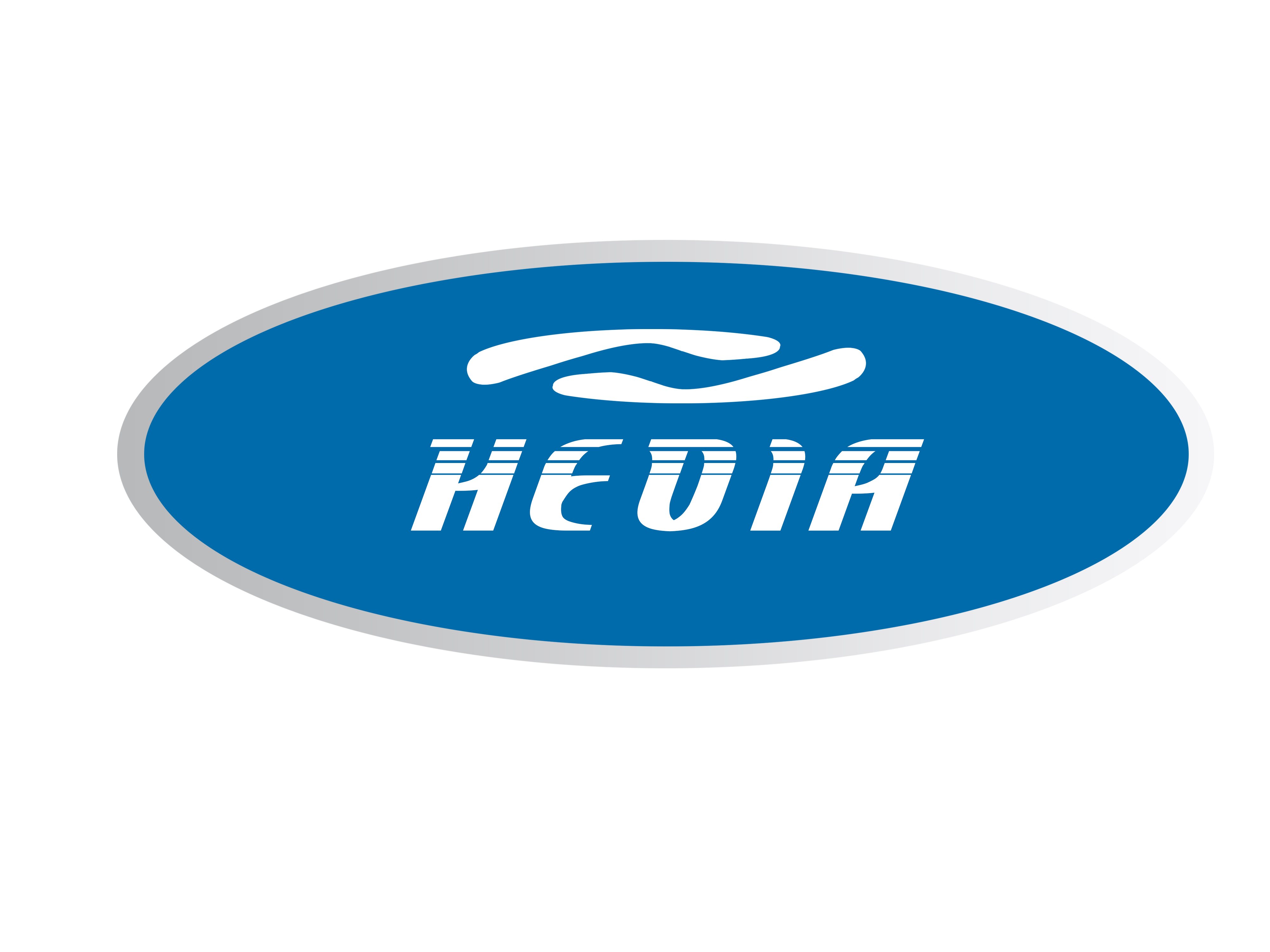The 7 Design Choices That Define a Modern Aluminum RIB (and How to Specify Yours)
Rigid Inflatable Boats sit at the intersection of performance and safety. But two RIBs of the same length can feel shockingly different on the water. This guide breaks down the seven design choices that separate an average boat from a mission-ready aluminum rib boat—and how Hedia boat, as a specialized RIB boat manufacturer, recommends you spec yours.

Hull geometry: deadrise, lift, and spray control
• Transom deadrise governs ride softness vs. initial stability.
• 16–18°: efficient, friendly at rest, ideal for calm bays.
• 20–24°: softer re-entries at speed, better in chop, needs good weight placement.
• Strakes + chines add lift and break spray. Poor geometry slaps; good geometry “sticks” in turns without tripping.
Hedia tip: For 5.5–6.8 m multi-use boats, target 20–22° with aggressive spray rails. For 9.0–9.6 m high-speed or offshore runs, 22–24° keeps pace and comfort.
Weight & CG discipline
A RIB’s magic disappears if weight creeps up or shifts aft.
• Keep center of gravity just forward of midships for neutral trim.
• Choose aluminum where possible: strength-to-weight lets you run smaller engines for the same cruise.
Hedia tip: If you add a T-top, counter it with battery relocation forward or a slightly larger fuel tank amidships.
Tube diameter, height, and chambering
• Diameter determines reserve buoyancy and “dryness.” 45–55 cm on 5–7 m boats; 55–65 cm on 7–10 m.
• Tube height vs. sheer affects how often the collar contacts waves. Too low = wet; too high = less stabilizing effect.
• Chambers (and check valves) add redundancy; more isn’t always better—aim for balanced, serviceable segmentation.
Material choice:
• CSM/Hypalon: top UV/heat resistance, premium longevity.
• High-spec PVC: lighter and cost-efficient for cooler climates.
Hull material: aluminum vs. fiberglass
• Aluminum rib boat
• Pros: lighter, dent-not-crack behavior, easy repair, durable work finish, trailer-friendly.
• Cons: requires careful isolation of dissimilar metals; more metalwork skill up front.
• Fiberglass
• Pros: high-gloss cosmetics, easy complex curves.
• Cons: heavier for same strength, crack-repair vs. dent-fair, often larger engines to move the weight.
Hedia tip: If you care about duty cycles, towing, or commercial uptime, choose aluminum. If showroom gloss is the top priority, specify a cosmetic paint system over aluminum and keep the weight in check.
Deck drainage & wiring (the invisible reliability layer)
• True self-bailing decks with clear scuppers and accessible strainers.
• Rigging looms in protected conduits; drip loops on every electrical termination.
• Dedicated washdown + bilge pumps with labeled breakers.
Poor drainage and wiring don’t show in photos—but they show in your third storm day.
Propulsion, range, and noise
• Match prop pitch to your real load, not brochure weight. Under-propped boats scream and drink.
• Right-sized fuel (e.g., 150–220 L on 6–7 m; 250–400 L on 8–9.6 m) for a genuine 3–4 hour fast-cruise window with reserve.
• Add sound-damping under decks and in lockers; aluminum is quiet when insulated correctly.
Ergonomics & visibility
• Stand-up helm with foot brace, thigh support, and clear sightlines seated or standing.
• Safe movement: handholds where bodies “want” to grab, anti-slip where feet “want” to land.
• Seating density that matches the mission (fishing = open cockpit; patrol = shock seats; family = convertible lounges).
Recommended specs by mission (Hedia presets)
| Mission | Length | Deadrise | Tube Ø | Fuel | Notes |
| Coastal fishing | 6.0–6.8 m | 20–22° | 50–55 cm | 180–220 L | L Livewell, rod storage, EVA deck, ballast forward |
| Dive / rescue | 6.8–7.5 m | 21–23° | 55–60 cm | 220–260 L | Dive door, ladder, gear racks, anti-slip, big scuppers |
| Family leisure | 5.2–6.0 m | 18–21° | 45–50 cm | 120–160 L | Sunpad, Bimini/T-top, dry stowage, sound damping |
| Patrol / offshore | 8.5–9.6 m | 22–24° | 60–65 cm | 300–400 L | Shock seats, long-range tanks, radar arch, 12/24 V bus |
All configurations available as aluminum rib boat builds from Hedia boat, CE-ready with dealer branding options on tubes and consoles.
Buying checklist (printable)
• Transom deadrise & strake layout documented
• Tube material & seam method (welded vs. glued)
• Weight with real options; engine match sheet
• Self-bailing proof (static waterline + load)
• Wiring diagram, breaker labeling, spares list
• Trailer weight and tow-vehicle compatibility
• After-sales parts and service response times
Why Hedia Boat
As a focused RIB boat manufacturer, we design aluminum RIBs that run quieter, drier, and longer between services. You get mission-fit layouts, CE documentation, and dealer-grade branding packages that turn a boat into a product line—and a product line into a local advantage.
FAQ
Are RIB boats safe for family use?
Yes. The collar adds reserve buoyancy and stability; the hull keeps handling predictable in chop.
Aluminum vs. fiberglass for resale?
Well-kept aluminum RIBs retain value thanks to durability and lower cosmetic fatigue—especially in commercial or trailer-towed use.
What tube diameter should I choose?
Aim for 50–55 cm on 6–7 m boats; step up on larger/offshore models for dryness and stability.


